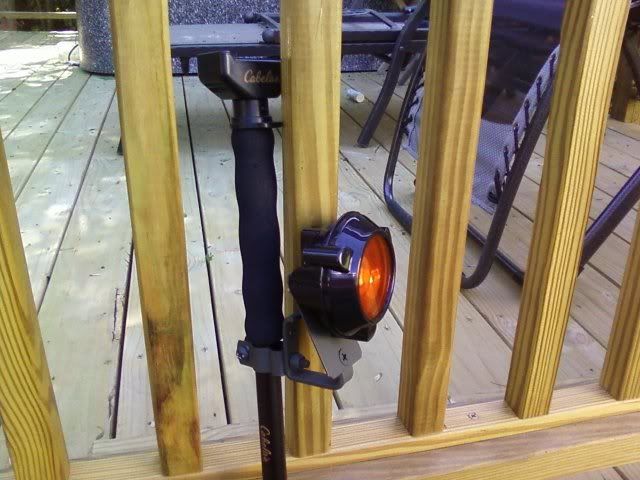For something that's a little different, I run a little different than pmack's technique.
Here's the idea: At night, stand in your house with the lights on, and look out the window into the dark. What can you see? Now go stand in the darkness outside and look into your house through a window (lights on). What can you see?
If I have a lot of light at my position, then I need a LOT of light at my target (looking out your window during the day).
My technique is based around shooting from darkness into the light, so I want as little light near me as possible. It's amazing what you can see in the dark under just starlight if you don't have stray light sources killing your natural night vision. From a "medical" standpoint, the rods (grayscale) in your eyes are incredibly powerful, assuming you can completely deactivate your cones (color). Pull your cell phone out at night and you won't be able to see jack squat.
Stray light near your position also gives away your movement or shape. So I use shrouds to make sure I don't have any stray light near me to flood out my night vision or give away my position.
I prefer an incandescent lamp as a scan light out of habit. I grew up using the technique that I'd hover the dim halo of a scan light to glare their eyes as I scan the horizon, then drop the brilliant center beam onto the target just before the shot.
The kill light should be something bright enough to see very well through my scope, or sights. I prefer to not use illuminated reticles when using a light, but do prefer a DIM illuminated reticle if I'm hunting my moonlight. Same deal there, I don't want stray light near my position.
More than one way to skin that cat, but that's the theory behind why I do it the way I do.




